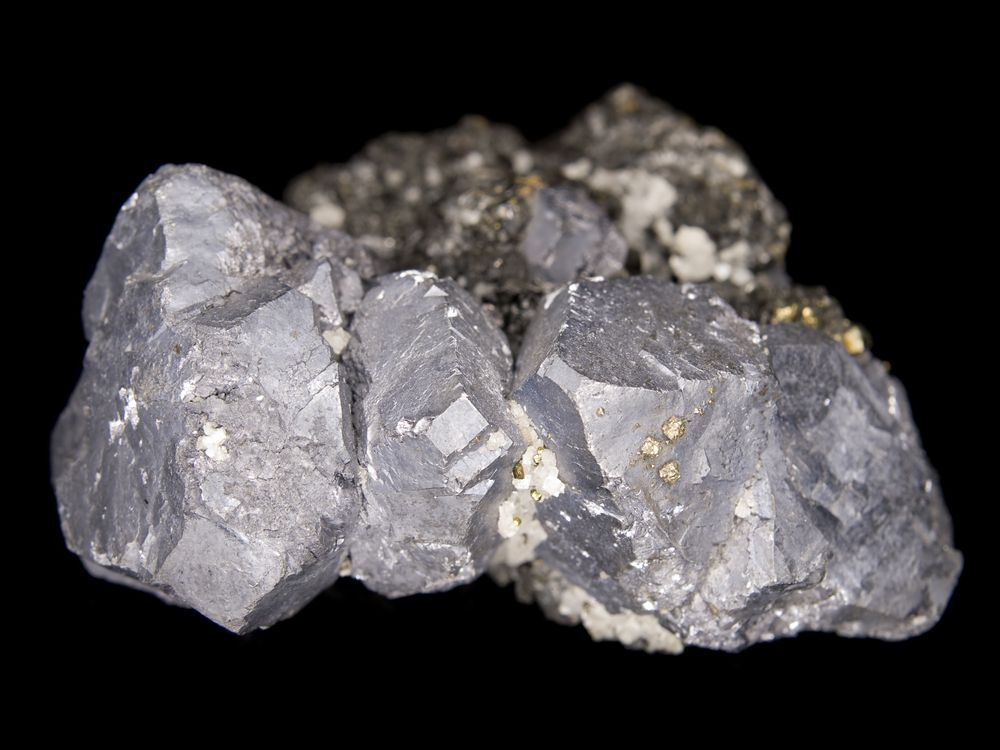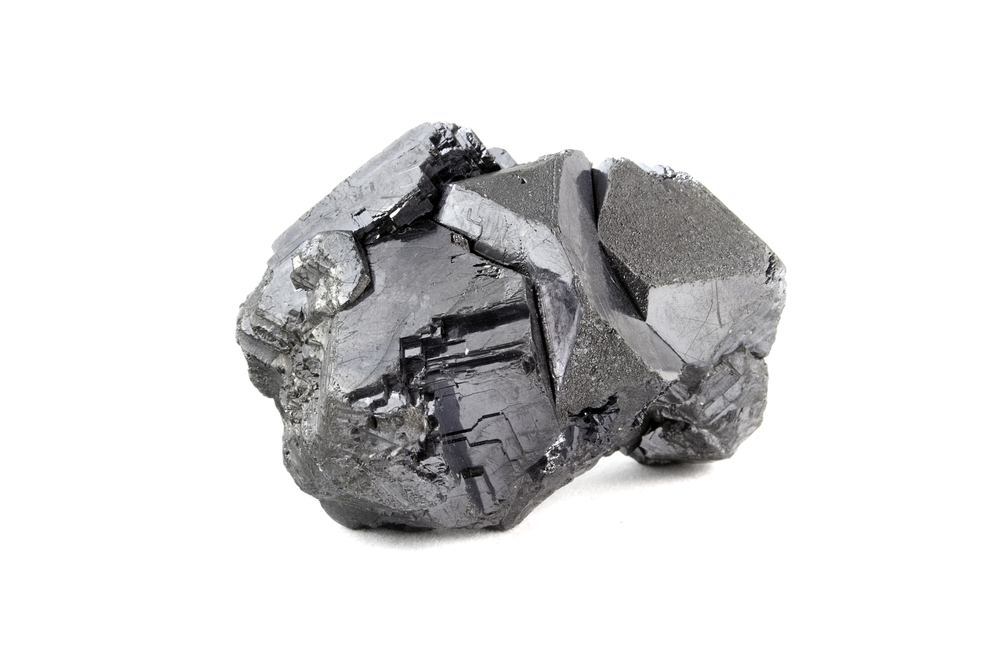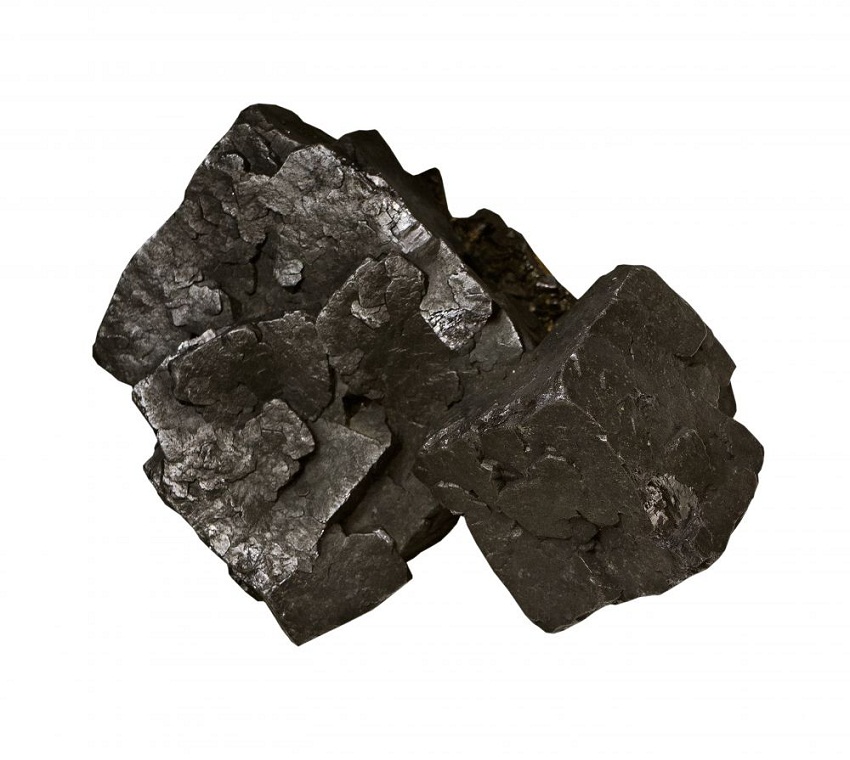Thinking about the water you drink and use every day, especially what comes from your kitchen tap, is, you know, a pretty important thing for most of us. What your faucet is made of, it really does matter more than you might at first think. It’s about making sure your home’s water is as good as it can be for everyone living there.
There's a lot of talk, and a lot of good reasons for it, about things called "lead free faucets." These are fixtures that, in a way, promise a cleaner pour, a healthier choice for your daily sips and cooking needs. It's not just a fancy phrase; it's about the materials that touch your water before it reaches your glass or pot. This idea, it really has come to the forefront for many families looking to make sensible choices for their living spaces.
This whole topic, it can feel a little bit, well, like there's a lot to take in, but it doesn't have to be complicated. We are going to go over what "lead free" really means for your home’s water system, what kinds of things you might want to look for, and how different companies are working to make sure their products meet certain good standards. It's all about helping you feel more confident about the water coming from your taps, you know, every single day.
- Lyna Perez Nude
- Katie Bae Nude
- Teresa Earnhardts Actions
- Was The Shah Of Iran Good
- Is Ahad Raza Mir Married Again
Table of Contents
- What Makes a Faucet Truly Lead Free?
- Why Think About Lead in Your Water?
- What Do Certifications Mean for Lead Free Faucets?
- How Do Regulations Shape Lead Free Faucets?
- Are All Lead Free Faucets the Same?
- How Can You Tell a Good Lead Free Faucet?
- What About Flushing Your Lead Free Faucets?
- Where Can You Find More Information on Lead Free Faucets?
What Makes a Faucet Truly Lead Free?
When you hear a faucet described as being "100% lead free," that, you know, really is something significant. It means the item has absolutely no lead in its makeup, which is a very good sign for anyone concerned about what might mix with their water. Some companies, for example, an Italian business called MGS, they actually make their faucets entirely from stainless steel. This material, you see, has no lead to begin with, so it offers a straightforward path to having a fixture that is completely free of that particular metal. They even craft some items for the bathroom and kitchen taps without any brass, which is often where lead can be found.
Understanding Lead Free Faucets
So, what does it mean when we talk about something being "lead free" in the context of your home's water supply? Well, it means the item, in this case, a faucet, has a very, very small amount of lead, or none at all, that could get into your drinking water. The rules say that for a faucet to be considered "lead free," it needs to have less than a quarter of one percent, or 0.25%, of total lead content when measured by its overall weight. This is, you know, a pretty tiny amount, set by specific guidelines to keep your water safe. Companies that have been around for a while, they sometimes have a history of making faucets with less lead than many other makers out there, which is a good thing to consider when you are looking for a new one. It shows a certain care for what goes into your home's water system, in a way, from the very start.
Why Think About Lead in Your Water?
It's a good idea to think about what's in your water, especially when it comes to metals like lead. You see, the common brass that's often used in plumbing parts, it can sometimes contain lead. This lead, you know, has the potential to get into your drinking water as it passes through the pipes and the faucet itself. It's not always something you can see or taste, which is why it's something many people want to be aware of. The longer water sits inside those pipes and the faucet, the more time it has, basically, to pick up some of that lead. This is just a fact of how certain materials interact with water over time, and it's why people often talk about the importance of lead free faucets.
The Hidden Story of Lead in Lead Free Faucets
The presence of lead in older plumbing materials is a story that, in a way, has been quietly unfolding for many years. It's not something that was put there on purpose to cause trouble, but rather a consequence of how things were made and what materials were readily available at the time. When water stays still in pipes and fixtures, like overnight or while you are away during the day, it has a chance, you know, to sit there and potentially absorb tiny bits of lead from the surfaces it touches. This is why the idea of lead free faucets has become so important. It's about changing that story, making sure the components that touch your water are made from things that won't add unwanted elements to your daily drink. It’s a pretty simple change, but it makes a big difference for your peace of mind.
What Do Certifications Mean for Lead Free Faucets?
When you're looking for new fixtures for your home, you might see labels or stamps that say things like "NSF/ANSI/CAN 61 certification." These certifications, they are a really good sign to look for. What they mean, basically, is that the faucet has been tested and found to have very, very low levels of lead. It shows that the product meets certain strict rules for how much lead might, in a way, get into your water from the faucet material itself. It’s a way for you, the person using the faucet, to feel more sure about what you are bringing into your home. These certifications are, you know, like a seal of approval from an independent group, letting you know the faucet meets specific health standards for water contact.
Certifications and Your Lead Free Faucet Choices
Choosing a faucet, it can feel like a lot of different things to consider, but paying attention to certifications for lead free faucets is a very sensible step. When a product carries a certification such as the NSF/ANSI/CAN 61 mark, it indicates that it has gone through a careful review process. This process checks that the materials used in the faucet, especially those that come into contact with your drinking water, will not, in some respects, release harmful levels of lead. It’s a way of saying that the faucet meets the approved requirements for leaching, which means how much of a substance might dissolve into the water. So, when you see these kinds of marks, you can feel pretty confident that the faucet is designed with your health in mind, offering a safer option for your home's water supply. It's a clear signal of a product made to a good standard.
How Do Regulations Shape Lead Free Faucets?
The rules about what can go into our plumbing, they actually change over time to keep up with what we learn about health and safety. For instance, on September 1, 2020, the U.S. Environmental Protection Agency, or EPA for short, put out a final regulation. This rule, it was all about making sure that pipes, fittings, fixtures, solder, and flux used for drinking water are, you know, lead free. This wasn't just a new idea out of nowhere; it was a way for the EPA to update existing rules based on laws that Congress had passed. These laws included things like the Reduction of Lead in Drinking Water Act, and also the Community Fire Safety Act. So, the government, in a way, is actively working to make sure our water systems are safer, and this directly affects what kind of lead free faucets are available.
The Rules Behind Lead Free Faucets
Understanding the rules that govern lead free faucets is, you know, pretty important for anyone looking to make informed decisions for their home. These regulations are put in place to protect public health by limiting the amount of lead that can be in materials that come into contact with drinking water. The EPA's final rule, for example, made some changes to older rules, basically bringing them up to date with newer laws. These changes mean that manufacturers of faucets and other plumbing parts have to make sure their products meet these specific, lower lead content requirements. It ensures that the items you buy for your home’s water system, like a new faucet, are built to a standard that aims to keep your water clean. It's a pretty big step in ensuring water safety across the country, affecting everything from big pipes to the very faucet in your kitchen.
Are All Lead Free Faucets the Same?
When you start looking at lead free faucets, you might wonder if they all look and feel the same. The answer is, no, not really. Just like any other item for your home, they come in a lot of different styles and finishes. For example, a company called Hydronix makes a series of lead free faucets that are available in many popular looks. You can find them in things like brushed nickel, which has a sort of soft, matte appearance, or antique brass, which gives a more classic, older feel. So, whether your home has a traditional look or something more modern and designed, there’s usually a faucet that will fit right in. It means you don't have to sacrifice your personal taste for the sake of having a safer water fixture, which is pretty good news.
Exploring Different Lead Free Faucet Styles
The variety available in lead free faucets is, you know, quite broad, allowing homeowners to pick something that really suits their personal aesthetic while still providing a safer water source. You can find faucets that have a sleek, very current design, like a cold water tap that would look quite stylish in a kitchen or a bar area. These types of taps often don't need a big, clunky external filter attached, which keeps things looking clean and tidy. Then there are options that lean towards a more traditional feel, with classic shapes and finishes. The point is, there’s a faucet style out there to suit almost any application you can think of, whether it's for your main kitchen sink, a small bar, or an entertainment space. This means you get to choose a lead free faucet that not only works well but also looks good in your home.
How Can You Tell a Good Lead Free Faucet?
Knowing what makes a good lead free faucet is, you know, pretty straightforward once you understand a few key things. One of the most important aspects is the material it's made from. For instance, a filtered water faucet that has its whole metal body made of food-grade SUS304 stainless steel material is a very strong contender. This kind of stainless steel is widely recognized for being safe when it comes to food and water contact, which makes it a really good pick for any family, especially if you have little ones. It means the faucet itself won't add anything unwanted to your water, ensuring a cleaner drink every time. It’s about looking beyond just the outside appearance and checking what’s truly on the inside, which, in a way, is what really counts for long-term use.
Spotting Quality in Lead Free Faucets
When you are trying to spot quality in lead free faucets, it often comes down to the core materials and how they are put together. A faucet made entirely of a material like SUS304 stainless steel, that is, you know, a very good indicator of a product built to last and to be safe for water contact. This kind of material is chosen specifically because it doesn't have lead and it resists things like rust and corrosion, which is pretty important for something that handles water every day. It’s often considered the best choice for a family’s health, particularly for young children, who might be more sensitive to any small amounts of unwanted substances. So, when you are making your selection, think about what the faucet is truly constructed from, as that is a key part of its overall quality and its ability to remain a truly lead free faucet over time.
What About Flushing Your Lead Free Faucets?
Even if you have a faucet that is designed to be lead free, it's still a good idea to take a simple step before you drink water that has been sitting in your pipes for a while. You see, while the faucet itself might be lead free, the pipes leading to it, especially in older homes, could still contain some materials that have lead. So, before you take a drink, or use water for cooking, it’s a very sensible habit to thoroughly flush water through your faucet and pipes. Just let the water run for a bit, maybe 30 seconds to a minute, until it feels noticeably colder. This helps to clear out any water that might have been sitting stagnant in the pipes and picked up anything from them. It's a quick and easy thing to do, but it can make a big difference for your peace of mind, you know, every single day.
Simple Steps for Your Lead Free Faucets
Taking simple steps to ensure the water from your lead free faucets is as pure as possible is, you know, a very practical approach to daily living. Even with the best lead free fixtures, water that has been standing still in your home's plumbing system, perhaps overnight or while you were out, could have, in a way, absorbed tiny bits from the pipes themselves. This is why giving your faucet a brief flush is such a good habit. Just let the water flow for a short period, allowing any standing water to clear out. This little action helps bring fresh water from the main supply into your home, ensuring that what you drink is as clean as it can be. It’s a small routine that adds an extra layer of care for your family’s water, making the most of your lead free faucet choice.
Where Can You Find More Information on Lead Free Faucets?
If you want to learn even more about lead in drinking water, and how it relates to things like lead free faucets, there are some really good places to look. For example, you can visit the US Environmental Protection Agency, or EPA, website. They have a section with basic information about lead in drinking water that is very helpful. Another excellent resource is the Centers for Disease Control and Prevention, or CDC. They also offer details about lead in drinking water, specifically in relation to childhood lead poisoning prevention. These government sites are, you know, reliable sources for in-depth facts and advice. They can help you get a broader sense of the topic and answer any further questions you might have about keeping your water safe.
Learning More About Lead Free Faucets
Getting more details about lead free faucets and the broader topic of lead in water is, you know, something many people find helpful. There are companies that specialize in this area, too. For instance, Aquacubic can help you with custom lead free faucets, offering solutions that might fit your specific needs. They can also provide information about the standards that apply to these products and the different materials used to make them. So, whether you are looking for general knowledge or something very specific for your home, there are resources out there to guide you. It’s all about making sure you have the facts to make the best decisions for your household’s water supply, ensuring peace of mind with every glass.
Related Resources:



Detail Author:
- Name : Zander Nikolaus
- Username : twila24
- Email : francis52@hagenes.org
- Birthdate : 1988-10-06
- Address : 885 Julio River Suite 921 Steuberfurt, IN 69396-7952
- Phone : +16468436484
- Company : Feil, Jast and Wolff
- Job : Pharmacy Aide
- Bio : Eius eos sed reprehenderit in consequatur ut nihil. Rerum quam illo perferendis earum repellat voluptatum nihil rem.
Socials
tiktok:
- url : https://tiktok.com/@jauer
- username : jauer
- bio : Sit ut dolores veniam beatae. Nemo dicta dolorem vel laudantium eum ut.
- followers : 1969
- following : 2796
instagram:
- url : https://instagram.com/jayauer
- username : jayauer
- bio : Quisquam qui facere ab temporibus quasi quia nemo. Mollitia fugiat tempore impedit quidem.
- followers : 6016
- following : 1279
facebook:
- url : https://facebook.com/auerj
- username : auerj
- bio : Ut et quia deserunt magni non nisi natus aliquam.
- followers : 4817
- following : 39
linkedin:
- url : https://linkedin.com/in/jauer
- username : jauer
- bio : Mollitia illo quisquam quidem.
- followers : 5423
- following : 1344